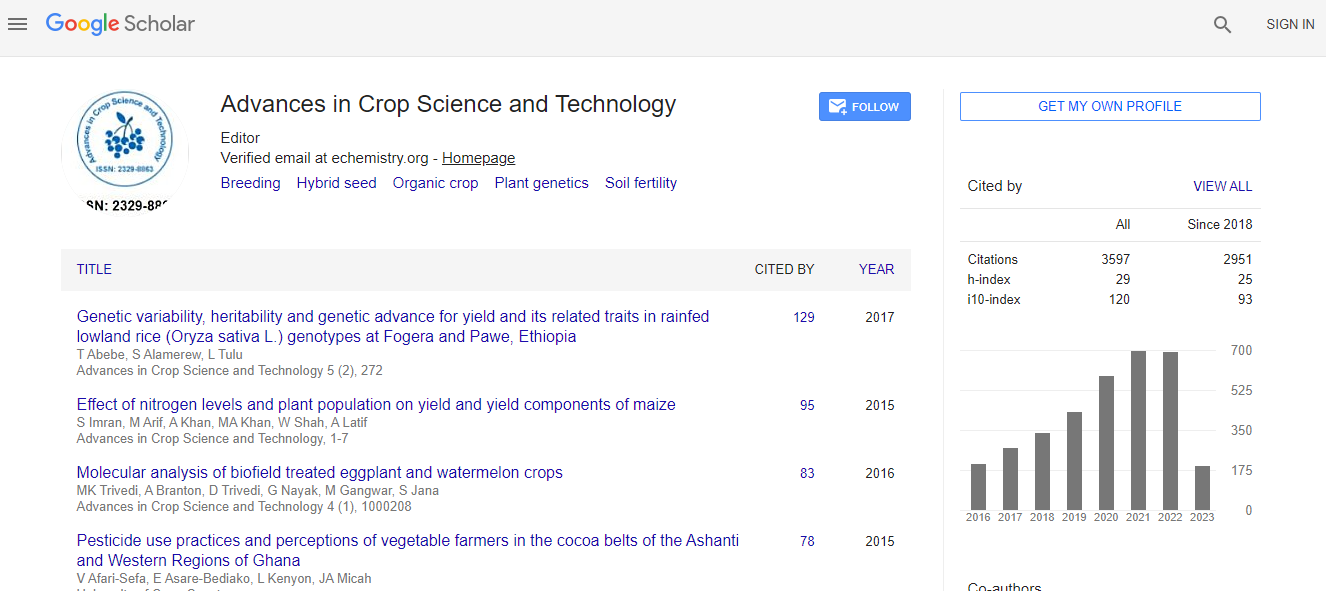Advancing Circular Agriculture: Innovative Strategies for Waste Valorization and Sustainable Crop Production
*Corresponding Author: Chamini Subasinghe, Department of Sinhala, Faculty of Arts, University of Peradeniya, University of Peradeniya, Sri Lanka, Email: chaminisubasinghe33@gmail.comReceived Date: Nov 04, 2024 / Published Date: Nov 29, 2024
Citation: Chamini S (2024) Advancing Circular Agriculture: Innovative Strategies for Waste Valorization and Sustainable Crop Production. Adv Crop Sci Tech 12: 764.
Copyright: © 2024 Chamini S. This is an open-access article distributed under the terms of the Creative Commons Attribution License, which permits unrestricted use, distribution, and reproduction in any medium, provided the original author and source are credited.
Abstract
The shift toward circular agriculture is becoming increasingly critical in addressing the challenges of global food security, environmental sustainability, and resource efficiency. This paper explores innovative strategies for waste valorization in circular agricultural systems, emphasizing how agricultural residues, organic waste, and by-products can be transformed into valuable resources to enhance soil health, reduce input dependency, and increase crop productivity. By integrating waste into the agricultural production process, circular agriculture fosters a regenerative model that reduces waste, minimizes carbon footprints, and promotes sustainable farming practices. This study highlights several key strategies for waste valorization, including composting, bioenergy production, and the use of bio-based fertilizers. Additionally, it examines the role of emerging technologies such as precision agriculture and smart farming in optimizing resource use. The paper also discusses the potential barriers to the widespread adoption of circular agriculture and provides recommendations for policy support, farmer education, and technological innovation to ensure a sustainable and resilient agricultural future.

 Spanish
Spanish  Chinese
Chinese  Russian
Russian  German
German  French
French  Japanese
Japanese  Portuguese
Portuguese  Hindi
Hindi 
